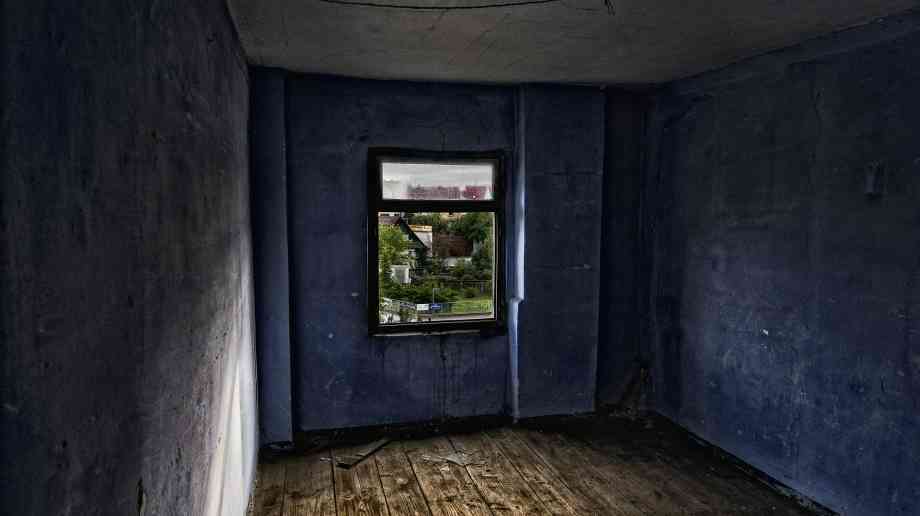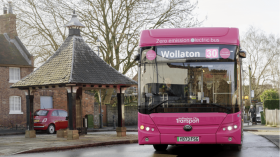Sue Robb of 4Children talks to Julie Laughton and Alison Britton from the Department for Education about the role of childminders in delivering the 30 hours free entitlement.
Huge housing potential on derelict and vacant land

Analysis of councils’ Brownfield Land Registers has demonstrated the huge potential that building on derelict and vacant land has for the regeneration of towns and cities, as well as the provision of new homes.
The analysis, carried out by the Campaign to Protect Rural England (CPRE), highlights that there is space on suitable ‘brownfield land’ – land that has previously been built on, and now sits derelict or vacant – to accommodate more than one million new homes, two-thirds of which are ‘shovel ready’ and could make an immediate contribution to meeting housing need. These have been confirmed as being deliverable within five years.
Councils have shown that this land is ready and waiting to be redeveloped, and say that it would also prevent the unnecessary loss of precious countryside and green spaces for housing. As well as providing an opportunity to deliver the homes we need now, the CPRE highlights the potential for brownfield land to continue providing a steady pipeline of housing, as more than 120,000 of the potential new homes have been added to the registers in the past year alone.
However, the countryside charity fears that the definition of ‘previously developed land’ given in the registers’ regulations means that a large number of sites are currently being missed, and the full potential of the registers to bring forward as much suitable brownfield land for housing as possible is not being met. It also highlights that housing density assumptions for the land identified is low.
London, Manchester, Birmingham, Leeds and Sheffield have identified land available for regeneration that would provide almost half a million homes. In order to make best use of suitable brownfield land, CPRE is urging the government to introduce a genuine ‘brownfield first’ policy, which ensures that suitable previously developed or under-used land is prioritised for redevelopment over green spaces and countryside.
Rebecca Pullinger, planning campaigner at the Campaign to Protect Rural England, said: "Building on brownfield land presents a fantastic opportunity to simultaneously remove local eyesores and breathe new life into areas crying out for regeneration. It will help to limit the amount of countryside lost to development, and build more homes in areas where people want to live, with infrastructure, amenities and services already in place.
"Councils have worked hard to identify space suitable for more than one million new homes. But until we have a brownfield first approach to development, and all types of previously developed land are considered, a large number of sites that could be transformed into desperately needed new homes will continue to be overlooked. The government, local councils and house builders must work hard to bring these sites forward for development and get building."
Company Focus
Just Lanyards is a subsidiary name of Gifts 2 Impress Limited, who have been trading for over 25 years, we therefore pride ourselves in having endless experience covering all aspects of the promotional merchandise industry.
Event Diary
UKREiiF has quickly become a must-attend in the industry calendar for Government departments and local authorities.
The multi-award-winning UK Construction Week (UKCW), is the UK’s biggest trade event for the built environment that connects the whole supply chain to be the catalyst for growth and positive change in the industry.
Supplier Profiles
Geo Energy
At GeoEnergy Design, we're on a mission to disrupt the traditional way heating and cooling ha
Latest Features
Professor Harith Alani, director of the Knowledge Management Institute at the Open University explains how AI can be used for good and bad.
Alex Lawrence, head of health & social care, techUK sets out techUK’s Five Point Plan for CareTech.

















